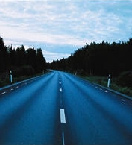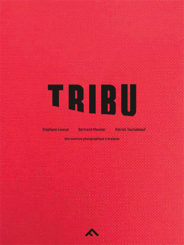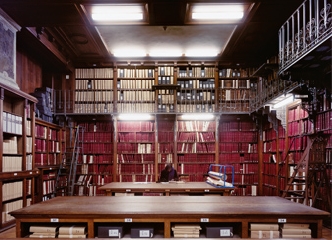Regards croisés
Regards croisés
“Regard Croisés”, un travail “semi-collectif” on dira : avec trois photographes d u collectif Tendance Floue : Mat Jacob, Meyer et Patrick Tourneboeuf ainsi que les habitants du quartier Nords de Villetaneuse qui se sont prêtés au jeu de la photographie, avec à la clé un véritable enjeu, celui de se réapproprier leur quartier.
"A Tendance Floue nous avons l’envie et l’habitude de confronter nos regards, c’est la fonction première de notre collectif. Fabriquer des histoires avec des voyages, des rencontres, raconter pour interroger. Le projet « Regards Croisés » à l’invitation de la Ville de Villetaneuse, a été pour nous une expérience particulière. Partager avec les habitants une vision de leur quartier, s’emparer de l’acte photographique pour en faire un objet commun, un outil d’échange. Ce fut un plaisir de les accompagner dans la naissance des images et d’une histoire. Nous vivons aujourd’hui une époque où il est difficile de faire ensemble, ce sont des moments rares et précieux. Nous avons appris. Le résultat est là, il démontre qu’avec de l’attention, bien évidemment, chaque regard compte."
Le livre des 25 printemps
Collectif
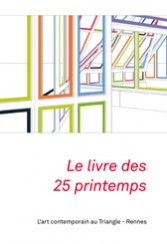
Dans un jardin
Collectif
Philippe Piguet, Marc Donnadieu
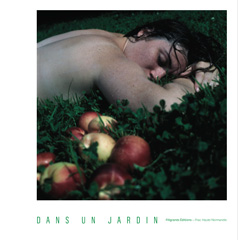
Fabriques de l’Europe
Collectif
Christian Caujolle
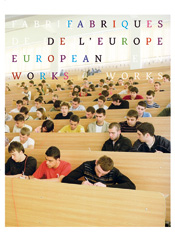
Afriphoto V
Collectif
Abel Sumo Gayvolor, Isaac Hudson Bruce Vanderpuije, Ganiyu Owadi, Gerald L. Annan-Forson
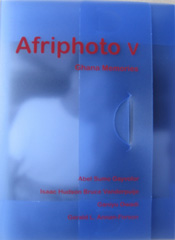
Pochette surprise
Collectif
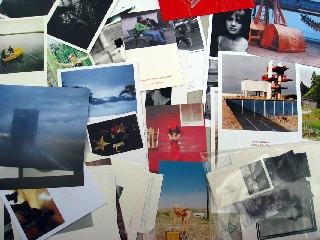
Regards croisés
Collectif, Tendance floue
Habitants de Villetaneuse, Mat Jacob, Meyer, Patrick Tourneboeuf, Pascal Marion
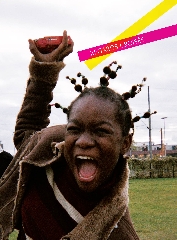
De l’Europe
Collectif
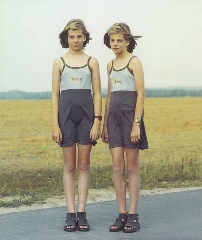
Extra-Sensory
Collectif
Christophe Luxereau, Natacha Roussel, Diana Eng, Emily Albinski, Teresa Almeida, Emmanuel Cuisinier, Julie Miguiditchian, Nathalie Semon
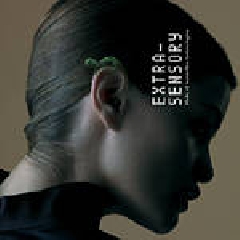
80+80, photo_graphisme
Collectif, Christian Caujolle
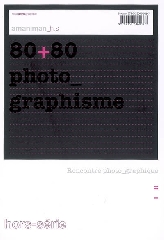
Aman Iman, revue photo_graphisme 02
Collectif
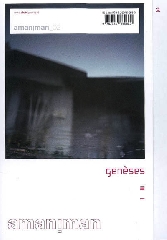
La région humaine – Des corps dans la ville
Collectif, Michel Poivert
Gilles Verneret
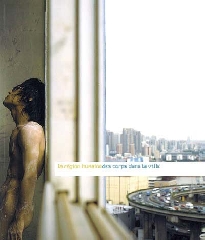
Patrimoine (jardins) & création contemporaine
Collectif
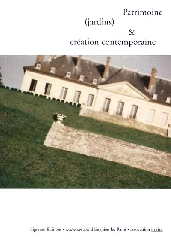
Intérieur jour
Collectif, Julie Pellegrin
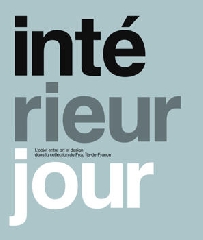
L’Afrique en regard
Collectif
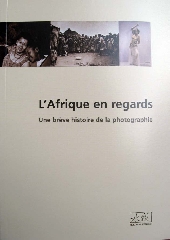
Meta Visual
Collectif, Tomoe Moriyama
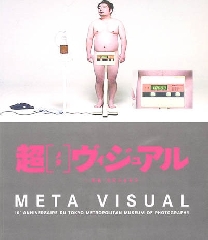
Tentures 2001
Collectif
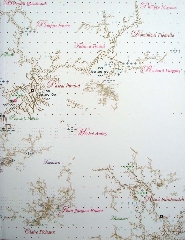
Un mince vernis de réalité
Collectif
Michel Poivert, Céline Clanet, François Deladerrière, Géraldine Lay, Geoffroy Mathieu
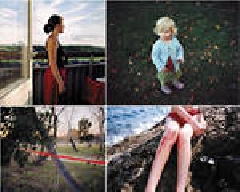
Histoire(s) parallèle(s)
Collectif
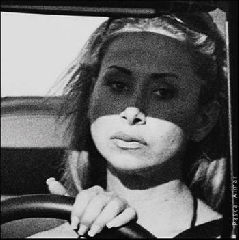
Aman Iman, revue photo-graphique 01
Collectif
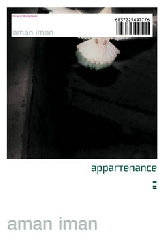
Actifs/Réactifs2
Collectif
Michel Aubry, Pierre Besson, Jean Sylvain Bieth, Philippe Cognée, Nicolas Floch, Christophe Vigouroux, Jean-Michel Sanejouand, Ipso Facto, Guillaume Paris, Jean-François Courtilat, Michel Guillet, Jean-François Guillon, Davis Rolland, Alix Delmas
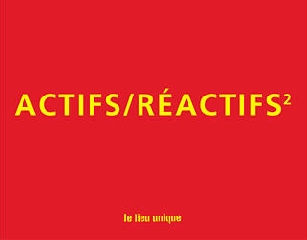
Au quartier coréen
Collectif, Patricia Solini
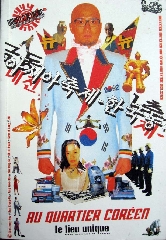
Visa I – Littoral /L’hiver
Collectif
Dominique Legrain
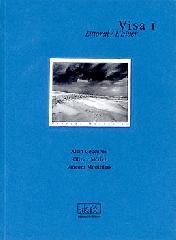
L (brut d’images)
Collectif
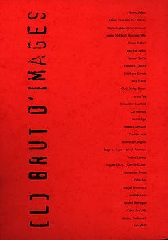
Paysages pluriels
Collectif
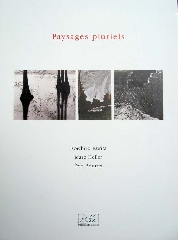
Et pourtant
Collectif, Marielle Lemarchand
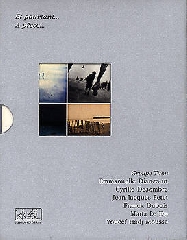
Autour du monde
Collectif
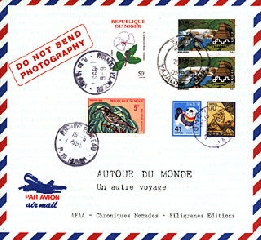
La Bretagne
Collectif
Jean-Claude Lemagny
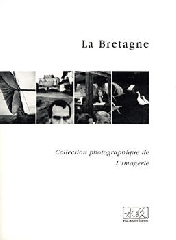
Du côté d’Oradour
Collectif, Michel Frizot
Arno Gisinger, Gilles Plazy, Philippe Bertin, Fabrice Picard
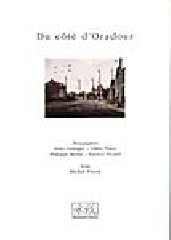
Cadr’ages
Collectif
Yvon Le Men
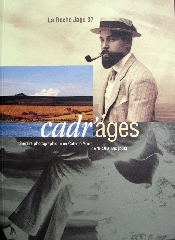
D’Est en Ouest
Collectif
Eric Perrot, Stéphane Duroy, Graciela Iturbide, Yvon Lambert, Paulo Nozolino, Klavdij Sluban, Anthony Suau
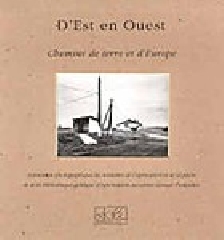
Europe rurale 1994
Collectif
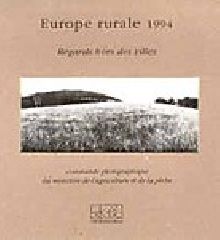
Résonance
Collectif
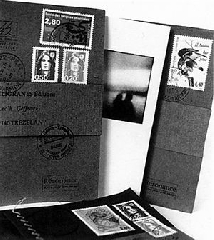
L’écriture de Tendance floue est à lire dans l’entre-deux des photographies, dans leur dialogue. Le sens qu’elle veut donner aux images est aussi dans leurs marges.
Tendance floue appartient à ceux qui la font, au fil des productions. Cette indépendance est garante d’une certaine forme de liberté. Elle permet à chacun de se risquer sur des terres inconnues et d’être ramené à bon port. Elle est une conscience partagée qui suit la traction du monde et garde les fous de l’attraction.
Chacun s’est embarqué avec beaucoup d’utopie dans l’histoire, commencée il y a quinze ans. Cette utopie tient bon. Sa fragilité est un gage de liberté.
Patrick Tourneboeuf
Photographe
Patrick Tourneboeuf Born in 1966 in Paris. Portrays men by photographing the traces they leave behind them, the places they bring to life and, sometimes, abandon. Using a large-format camera, his method, resolutely artistic, systematic, recounts times past and present. The absence of an image reveals a human presence.
He started by working on the monumental aspect of the Paris “périphérique”, with a series that is both nocturnal and contemplative, as opposed to the more classic photographs of the well known circular belt.
In the year 2000, his next series entitled “Huis-clos” (Behind Closed Doors) was based on the everyday life of new recruits into the French Navy, at the Naval Instruction Centre of Querqueville. The same year, Patrick explored sea side resorts when completely out of season. This became the starting point of a series entitled “Nulle part” (Nowhere).
Next came “Cicatrice” (Scar), a documentary on the remnants of the Berlin Wall, and “À la mémoire du jour J” (In Memory of D-Day), depicts the beaches in Normandy where the Allies landed. Two facets of an art project that feeds a memory which tends to forget, also taking into account the alterring effect of time.
Since 1999, he has been working on a photographic research project for the French Ministry of Culture, on several historic monuments: the Grand Palais, the Chateau de Versailles and the National Archives.
